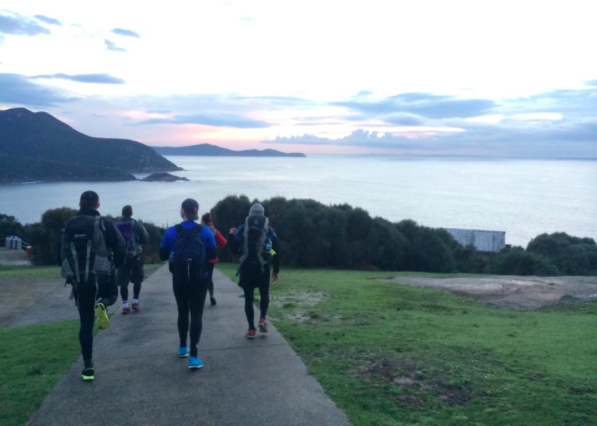This is the last post in what has been a very successful “Barefoot” series. If you are just joining in now, you can read all about my personal journey here. You can also read our discussions with Indianna Franke (Physiotherapist and Pilates instructor) and Dr. Zachary O’Brien (Chiropractor and Elite Athlete) here. Today, I chat with Nils Barry a functional trainer from Snap Fitness in Parkwood. Today Nils weighs in on the Barefoot debate.
Do you wear Barefoot Shoes? If so, when?
Yes I do, I like to where them as much as possible.
In your opinion, what are the benefits of going “barefoot”?
- They are comfortable and ergonomic.
- Promote an effective running gate and technique (with correct training).
- Improved foot proprioception (foot to ground).
- Build balance and strength (especially within the foot arch, achilles tendon, ankles, calves and foot muscles). Barefoot shoes encourage you to better recruit the muscles that help to stabilise the foot.
- Reduce the risk of injury (when introduced correctly). The Barefoot science studies have shown that simply walking around barefoot begins to strengthen the small muscles in the feet to the point that subjects saw an increase in medial arch height which in turn can help reduce, foot, knee and back pain.
- Generally much lighter and cheaper than conventional footwear.
- Barefoot running feels GREAT!! This is due to all the sensory nerves in the foot, the foot to ground proprioception and responsiveness to the terrain.
Have you noticed any changes in the structure of your foot or in your athletic performance?
Initially I will admit that it did take some adjusting, however after implementing the correct technique and transitional program, I have been wearing barefoot shoes for well over a year I would never go back to conventional. My foot, calf, achilles and ankle feel much stronger and more stable. I am no longer getting the soft tissue injuries I once had and love the feeling of running barefoot.
Would you recommend Barefoot shoes?
Yes absolutely however, it is critical to take the process slowly to avoid injury.
How would you suggest people/how did you ‘prepare’ for going barefoot?
It is very important, in fact critical, that you follow a slow progression when you transition to barefoot shoes and in turn forefoot striking. Going too fast too quickly will only increase your risk of injury. Start slow, get comfortable in the shoes at home, before you start wearing them as often as possible. Begin by walking around the house barefoot and incorporating some foot stabilisation and strength exercises into your routine. As you begin to build, slowly transition into mid paced short runs on a flat surface (grass would be a good place to start) . When comfortable increase your runs to a longer distance and increased pace with varied gradients and terrain. As always, if you’re in doubt about how to make the transition correctly, seek the help of a holistic practitioner to help you make the transition.
For more information on going Barefoot, I recommend everyone interested read the book “Born To Run” by Christopher Mc Dougall. This book goes into a lot more detail as to why, how and when to start your Barefoot Journey (plus, it’s a great read). You can read more about how I discovered this book here.
The information on this post represents the interviewee’s own views, shaped by their own research. It should not be construed as professional advice and is not intended to replace consultation with an appropriately qualified professional. I hope this website inspires you to do your own research and always ask questions.





0 Comments